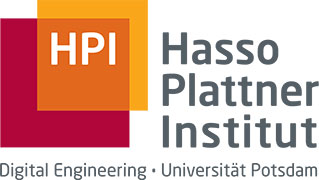The computer Graphics Systems Group at the University of Potsdam’s Hasso-Plattner Institute (HPI)

HPI has the status of a non-profit limited liability company. It was founded in October 1998 as a public-private partnership with the state of Brandenburg and is academically structured as an independent Faculty of Digital Engineering at the University of Potsdam. The computer Graphics Systems Group focuses on visual computing and AI for geometry and geodata. This includes the development of methods, algorithms, techniques and systems for the analysis, processing and visualization of software repository data, 3D geodata and 3D point clouds, visual media and financial data.




